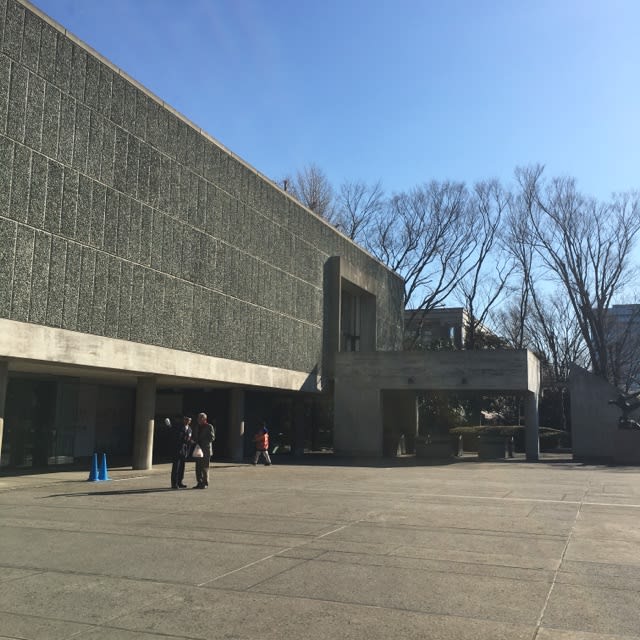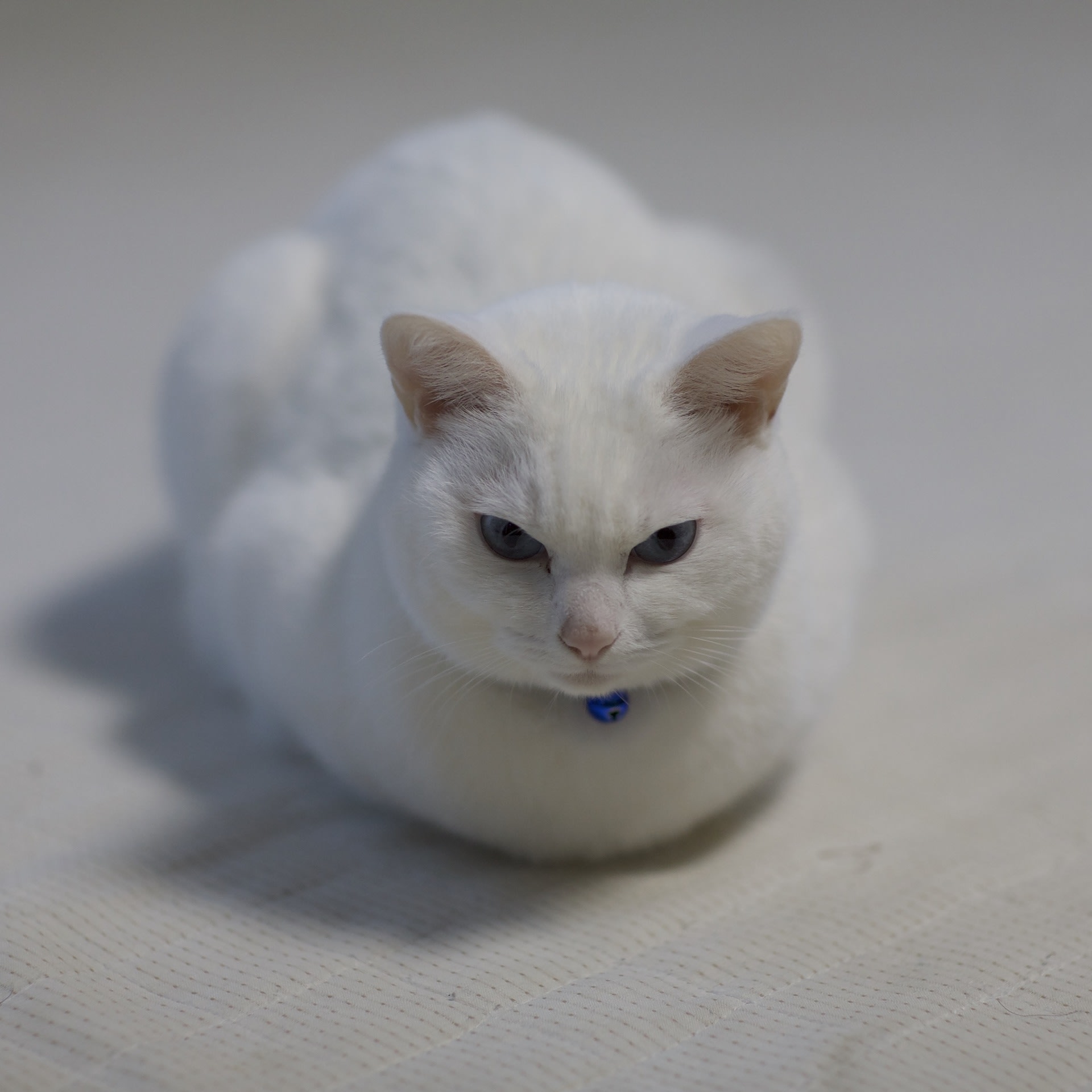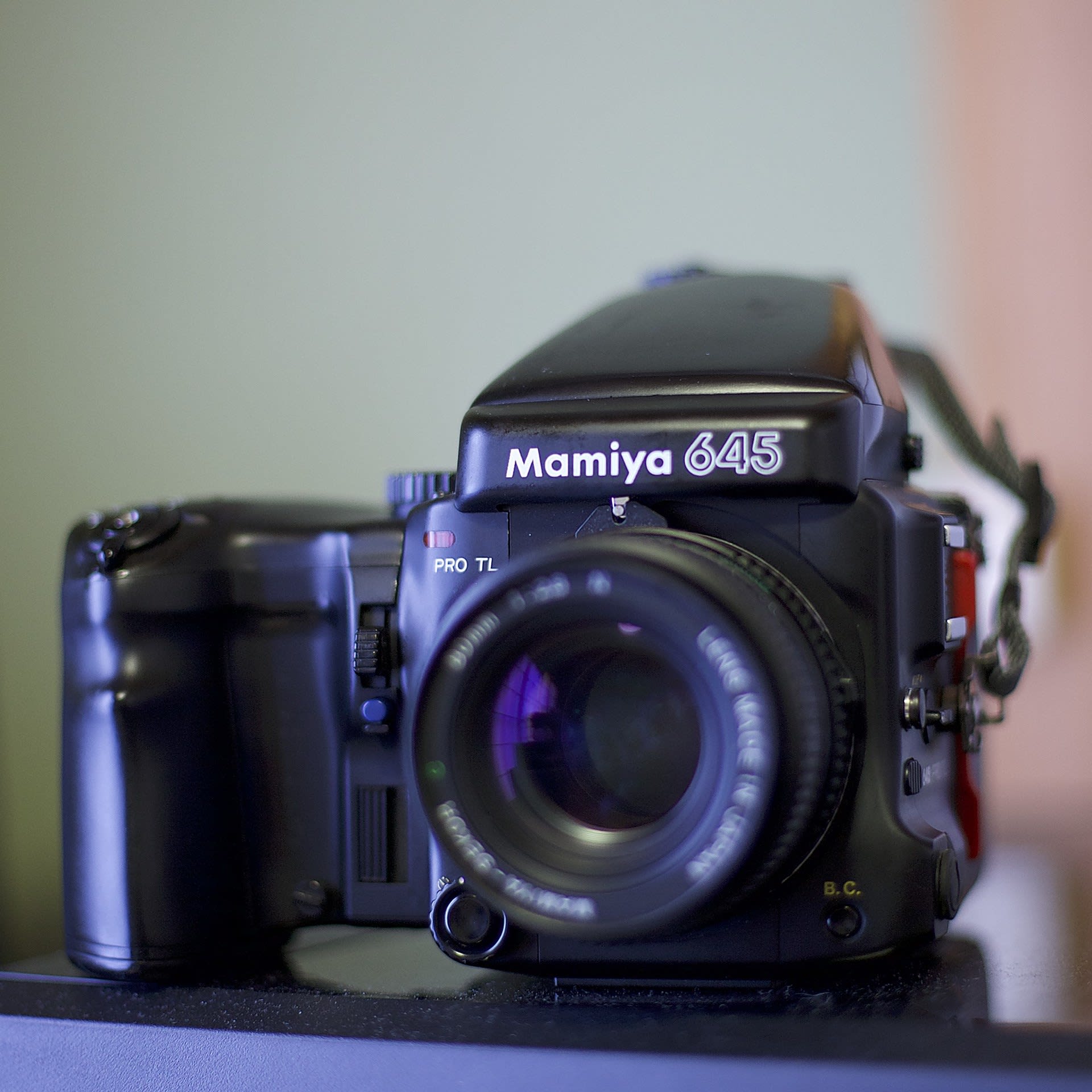国立西洋美術館で絶対に見たい常設展示の絵画がある。そしてラッキーなことに今日は無料で再び会うことができた。
その絵画の題名は「悲しみの聖母、Mater Dolorosa」だ。あくまで源太郎の個人的見解だが、フェルメールより和らい光で、透き通る美しさがある絵だと思う。
この作品が描かれたのは1655年(あてにならないウキペディアでは1650年と書いてあるが、国立西洋博物館では1655年頃と記載されているからそっちを信じる)いうから、日本では徳川四代将軍の時代だ。が、当時これだけの色彩を表現できた画家は本当に天才と言えるのだろう。ちなみに、もう一つ見たい絵は「マグダラのマリア」だが、売店にはこの絵の絵葉書は販売されていなかった(残念)。でも美しい絵であることには間違いない。
本題に戻そう。この時代の青色の顔料は「ラピスラズリ」だと思うが、現代のように人工的に作ることが可能になった顔料「ウルトラマリンブルー」とは違い、高価なラピスラズリを粉砕して手間暇かけた顔料を惜しみなくマント色に使い、今でもその青色が本当に美しく発色し、聖母の透き通る肌の色もぐっとくる。

暗い背景に淡い光に包まれて、青のマントを身にまとった聖母は源太郎の心を鷲掴みする。作者のカルロ・ドルチは子供の頃から敬虔な信仰の持ち主で、聖ベネディクトゥス信者会に属していたらしいが、何れにしても神がかり的な傑作の絵画だろう。平日通常料金を払い入館したら写真を撮ることは可能だが、そんじょそこらの腕では絵葉書のような写真を撮ることなど不可能。だから源太郎は絵葉書と大きめな写真を購入した。
しかし、美術館を見ると、短時間だがとても疲れる。きっと画家の素養のない源太郎だからかもしれないが、圧倒的なパワーに責められ、日頃使わない脳細胞が必死に理解しようと努力するからなのだろう。昔、Mihoちゃんと岡山や倉敷で美術館巡りをして、本当に疲れたことを思い出す。でも「気持ちのいい疲れ」に違いない。病気もよくなったような気がする。
そうそう、Google Arts & Culture(源太郎は今このサイトがお気に入り)でもこの「悲しみの聖母」を見ることができる。本当にすごい時代になったものだ。
Google Arts & Cultureより引用
This elegant work was created around 1655 when Carlo Dolci was 39 years old. The dark background yields to a faint light surrounding a beautifully sad image of the Madonna, wrapped in a blue robe created in deep lapis lazuli pigment. These factors all conspire to deeply appeal to the viewer. According to F. Bardinucci, the first to write a detailed biography of Dolci, from an early age Dolci was deeply faithful and was a lifelong member of the Order of St. Benedict. In addition to his large-scale religious works, around 1650 he began to paint relatively small-scale works depicting various half-length portraits of saints. This work is an extremely fine example of this type. The model for this image of the Madonna with folded hands can be found in the Madonna images of Titian, and the source for Titian's images may be found in the images of the Madonna that were extremely popular in Spain during the 16th-17th centuries. Dolci's paintings of the Madonna in this style became quite popular; there is one known extant copy of this work and other images of the Madonna with slightly different compositions are known. For many years the model for this painting was thought to be the painter's wife Teresa Bucherelli, whom he married in 1654, but comparisons with known portrait drawings of his wife reveal some questions about this attribution of the sitter. (Source: Masterpieces of the National Museum of Western Art, Tokyo, 2009, cat. no. 22)





































